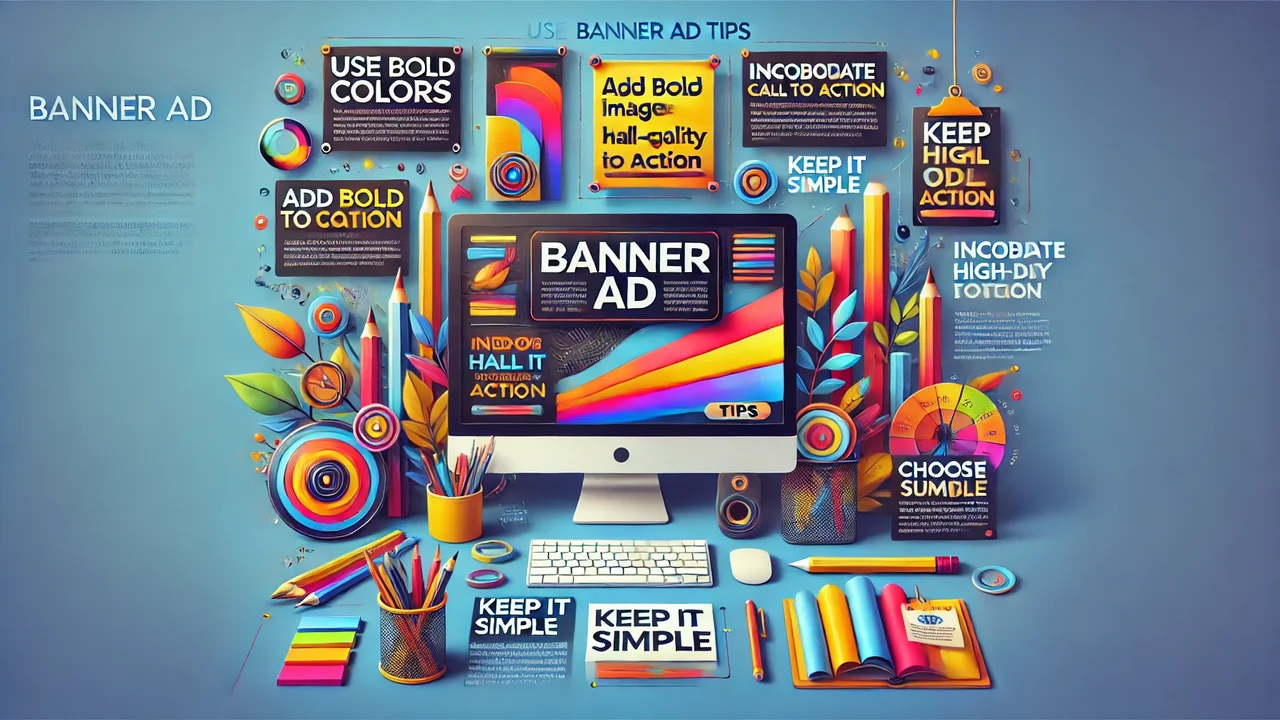In traditional marketing, banner ads still play a vital role in capturing attention and promoting products or services. Whether displayed at events, on billboards, or within printed materials, effective banner ads must stand out in a crowded marketplace. Here are some essential tips to enhance the visibility and effectiveness of your traditional banner ads.
Craft a Clear and Compelling Message
The foundation of any successful banner ad is a clear, compelling message. Start with a strong headline that effectively communicates the main benefit of your product or service. Use concise language to ensure viewers can quickly understand the intent of your ad. Avoid cluttering the design with excessive text or images; a straightforward message often creates a stronger impact.
Use Eye-Catching Visuals
Visual elements are crucial for attracting attention in traditional banner ads. Incorporate high-quality images or graphics that resonate with your target audience and align with your brand identity. Bold colors and striking contrasts can help your ad stand out from its surroundings. Ensure that the visuals enhance your message rather than detract from it; an image that evokes an emotional response can significantly boost engagement. Choosing to backlight your banner can help it stand out even more. You can buy backlit banner materials from Soyang.
Incorporate a Strong Call to Action (CTA)
A compelling call to action (CTA) is essential for guiding viewers toward the desired action. Whether it’s “Visit Us Today,” “Call Now,” or “Get Your Free Sample,” your CTA should be clear, direct, and prominently positioned. Use action-oriented language that encourages immediate steps. Make sure the CTA stands out visually by utilizing bold fonts or contrasting colors to draw attention.
Leverage White Space Effectively
White space, or negative space, is often underestimated but is a powerful design element. Allowing your banner ad to breathe with ample white space enhances readability and focus. White space helps direct attention to key elements like the headline, visuals, and CTA, making it easier for viewers to absorb your message. It also prevents the ad from feeling cluttered, which can detract from its overall effectiveness.
Optimize for Different Locations and Contexts
When designing traditional banner ads, consider where they will be displayed. Whether in a busy urban area, at a trade show, or inside a store, each location presents unique challenges and opportunities. Ensure your ads are large enough to be visible from a distance, and tailor your message and visuals to fit the specific context of the location. Testing your designs in their intended environments can help to refine their effectiveness.
A/B Test Your Designs
A/B testing is a valuable strategy for optimizing traditional banner ads as well. Create multiple versions of your ad with slight variations—such as different headlines, images, or color schemes—and observe which version performs better in terms of viewer engagement. Collect feedback and analyze results to identify the most effective elements and continuously improve your designs.
Consider Timing and Audience Reach
The timing of your banner ad campaign is crucial for maximizing impact. Research when your target audience is most likely to be exposed to your ads. For example, if you’re advertising at an event, ensure your banners are prominently displayed during peak hours when foot traffic is highest. Utilize local market insights to determine the best times and places to showcase your ads for maximum visibility.
Incorporate Branding Elements
Consistent branding is essential for making your traditional banner ads recognizable. Include your logo, brand colors, and any distinctive visual elements that represent your brand identity. This consistency reinforces brand recognition and builds trust with your audience over time.

Doris Pollard, a mesmerizing wordsmith and experienced blogger, crafts narratives that carry readers into unexplored realms. Infused with insightful perspectives and vibrant storytelling, Doris’s mastery of language captivates both hearts and minds, making an enduring impression on the literary landscape.

